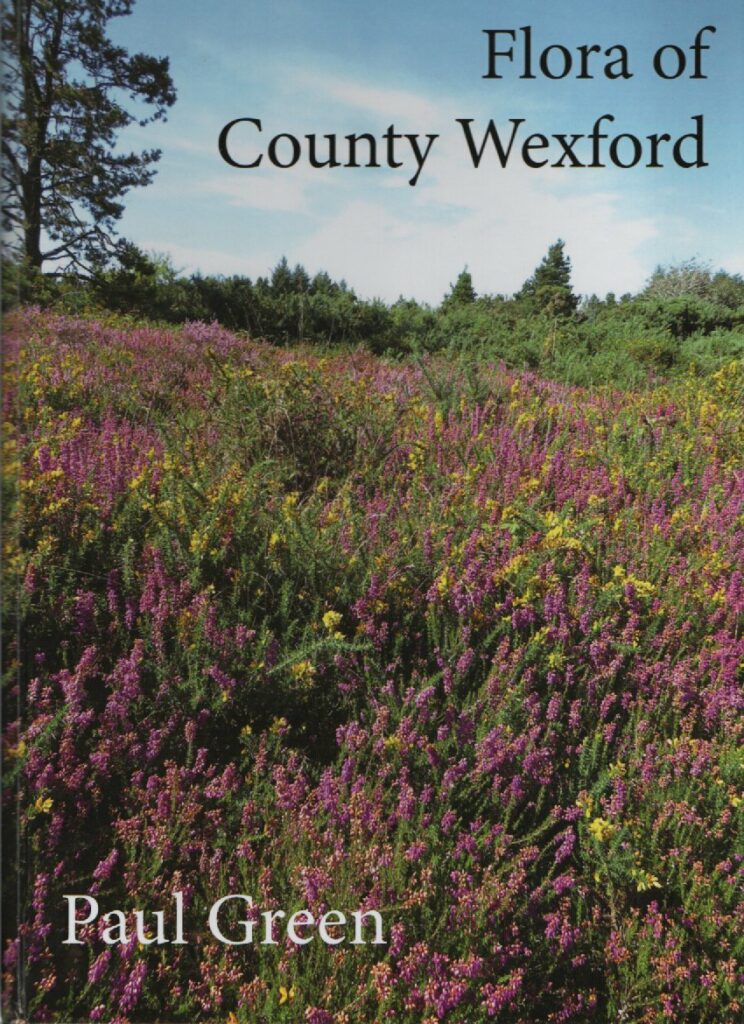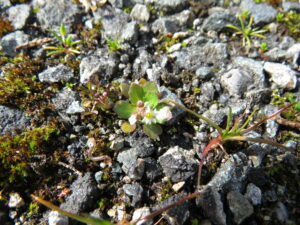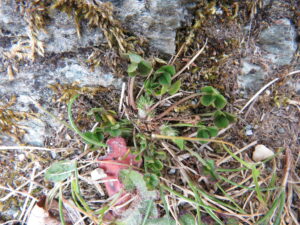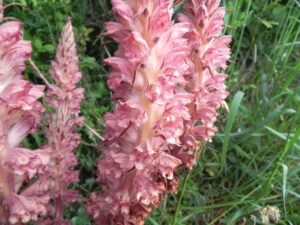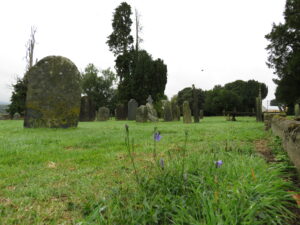2022 County Report for Co. Wexford
Paul Green & Paula O'Meara
The main aim in 2022 was to finish writing the Flora of County Wexford and have it ready for the printers. The was achieved and the Flora was printed in December. Because of being so preoccupied with the Flora I didn’t do much botany myself in the county during the year unless it was to get a photo for the Flora, or check the identity of a record that was mentioned in the Flora.
Paula O’Meara my joint VCR made up for my lack of recording. In all 14,866 records were collected during 2022. The lowest number since 2009. 610 monads were visited producing 796 new monad records, and 171 new hectad records. Interestingly 1010 of the 1700 species known from the county were recorded during the year.
Erophila majuscula (Hairy Whitlowgrass) being the only new native species for the county. Found in 5 monads at Rosslare. There were 11 new non-natives added to the county. Off these Trifolium suffocatum (Suffocated Clover) being the best as it was a new clover to Ireland.
The most exciting refind of an extinct site was by Paula of Orobanche rapum-genistae (Greater Broomrape) at Killoughrum Forest, where it had been known from 1887 to 1917 by Charles Moffat, and searches since had failed to refind it.
Both VCRs joined the Wexford Naturalists’ Field Club for a BioBlitz at Johnstown Castle in June, where we collected a total of 438 plant records from 3 monads. Nitella opaca being new for the hectad, and the 4th county record.
Paul
